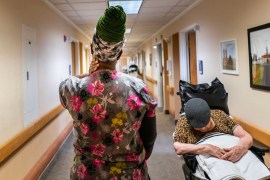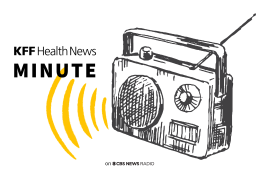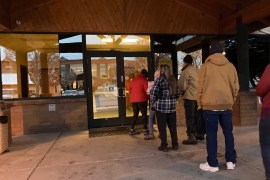Meeting Between IHS, American Indian Tribes Addresses Health Disparities
HHS Indian Health Service Director Charles Grim on Tuesday told a congregation of the Direct Service Tribes that he wants the agency to eliminate disparities within the American Indian health system and between tribal and traditional health care, the AP/Spokane Spokesman-Review reports.Direct Service Tribes are those that have surrendered their land to the U.S. and signed treaties with the federal government stating that the government must provide tribal members with health and education services, Dawna Hare, executive director of the Pawnee Nation of Oklahoma, said. There are challenges in providing health services to American Indians, including a lack of access to care, inadequate coordination of insurance payments and a lack of health insurance, Grim said.
In addition, the suicide rate among American Indians is one-and-a-half to three times higher than that of other races, he said. According to an NIH study, American Indians are four times more likely than other races to use methamphetamine. Grim noted that the House has voted to allocate $15 million toward methamphetamine prevention and $5 million toward suicide prevention in the $4 billion 2007 IHS budget. "We know we have health disparities out there. We've been focusing on increasing prevention, behavioral health and care of chronic patients," Grim said.
Marcus Wells, chair of the Three-Affiliated Tribes in North Dakota, said he is concerned that some tribal hospitals lack the experience to perform some medical procedures, adding that such facilities' ability to refer patients to hospitals outside of the reservation depends on IHS funding (Bolin, AP/Spokane Spokesman-Review, 6/27). This is part of the Morning Briefing, a summary of health policy coverage from major news organizations. Sign up for an email subscription.






